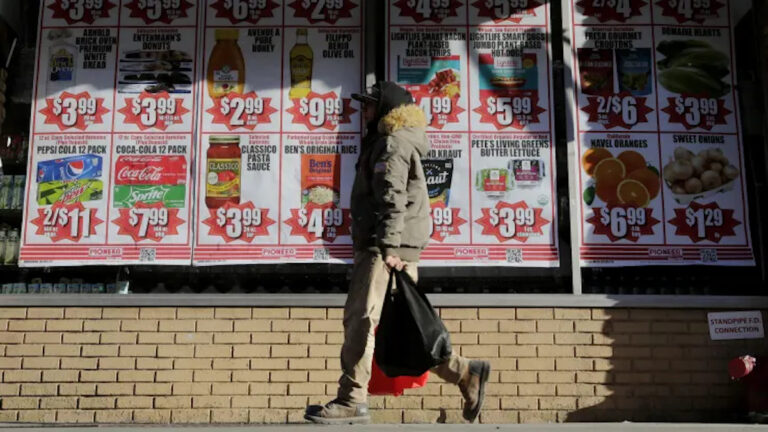
According to the Labour Department, inflation slowed in March as the Federal Reserve’s interest rate increases took effect.
The consumer price index, a widely studied indicator of the expenses of goods and services in the United States economy, gained 0.1% for the month vs. a Dow Jones expectation of 0.2% and 5% year on year over a 5.1% projection.
Excluding food and energy, the core CPI grew 0.4% and 5.6%, respectively, as predicted.
The report revealed that, although inflation remains much beyond the Fed’s tolerance level, it is at least showing signs of slowing. Policymakers see 2% inflation as a reasonable and sustainable level of growth. The headline annual CPI rise was the lowest since June 2021.
The 3.5% decline in energy prices and the unaltered food index aided in keeping headline inflation under control. Food at home declined 0.3%, the first decrease since September 2020, although it is still up 8.4% year on year. Egg prices, which had been rising, fell 10.9% for the month, bringing the year-to-date rise to 36%.
The 0.6% rise in housing expenses was the lowest since November, yet it resulted in prices jumping 8.2% year on year. Shelter accounts for around one-third of the CPI weighted average and is regularly monitored by Fed policymakers.
Following the revelation, stock market futures climbed substantially, while Treasury rates plummeted. According to the CME Group, markets were still pricing in a 65% likelihood of a final 0.25 percentage point interest rate hike at the Fed’s May meeting, which was somewhat lower than Tuesday.
According to Jeffrey Roach, chief U.S. economist at LPL Financial, the CPI grew 3.4% year on year, excluding housing.
“As the economy slows, consumer prices will decelerate further and should bring inflation closer to the Fed’s long-run target of 2%,” Roach said. “Markets will likely react favorably to this report as investors gain more confidence that the next Fed meeting may be the last meeting when the Committee raises the fed funds target rate.”
Used car prices, which contributed significantly to the first inflation increase in 2021, fell another 0.9% in March and are currently down 11.2% year over year. Medical care expenditures were also down 0.5% for the month.
The Fed has increased its benchmark interest rate nine times in the last year, for a total of 4.75 percentage points, the quickest rate of tightening since the early 1980s. Officials originally regarded inflation as transient, anticipating it to diminish as the effects of the COVID epidemic faded, but were forced to play catch-up when price hikes proved more persistent.
The labour market is one significant area on which the central bank has focused. Wages and prices have risen due to a labour shortage, which has eased considerably in recent months.
Nonfarm payrolls expanded by 236,000 in March, the smallest growth since December 2020, while average hourly wages advanced at a 4.2% annual rate, the slowest since June 2021.
The Fed is seeking to fine-tune policy so that the labour-market downturn it is attempting does not drive the economy into recession. According to Atlanta Fed figures, GDP growth is running at a 2.2% annualised rate in the first quarter, but many analysts anticipate a drop later in the year.